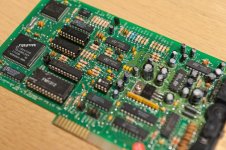It was considered impossible.
But now there's this - https://www.ebay.com/itm/Improved-C...-CT1350B-compatible-with-CT1336A/283307302605
Can anybody confirm that it actually works?
But now there's this - https://www.ebay.com/itm/Improved-C...-CT1350B-compatible-with-CT1336A/283307302605
Can anybody confirm that it actually works?

